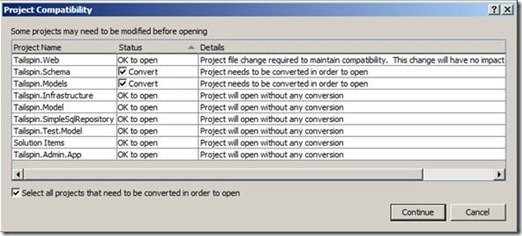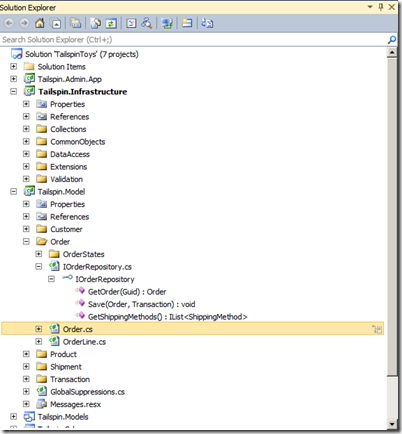Ever been given the run-around on what it actually costs to have TFS running?
Let’s see if I can break it down.
Note: I’m using retail prices for these examples, so this is the ABSOLUTE maximum that you would pay. There are a couple of licensing agreements that could see you paying a great deal less.
We all know that you get a TFS Server license and CAL when you have an MSDN subscription, right? So if you license your developers with MSDN subscriptions you have the right to install TFS and each developer with an MSDN subscription is allowed to access TFS. If you do not have MSDN subscriptions or have a “Partner Action pack” then you would need to purchase a $499 Server license and a $499 CAL per person accessing TFS unless they fall into an exempt list (discussed a bit later)
What the TFS Server license includes is obviously the ability to install and run TFS and it grants “limited rights” licenses to use:
- SQL Standard
- SCVMM if you have any of the following subscriptions
- Ultimate
- Premium or
- Test Professional
The “limited rights” means that you are only allowed to use SQL for TFS and SCVMM for Lab Management. If it is going to be used for anything else, you need to license it separately and obviously if you already have SQL or SCVMM licensed you can use those.
So now you have TFS and some of the components, but you need to install it on an operating system which will need to be licensed separately. If this is going to be a production server (basically the definition of “production” is that there are big problems if you lose it), the OS licensing is NOT covered by MSDN, you would need a separate server license ( About $882 for Windows 2012 Std ).
So we have TFS and we can install it on a server. Here is the tricky part…regardless of the fact that Windows 2012 is a per-processor license, you still need a Windows Server CAL ( $199 for a 5 CAL pack) for anyone who is going to connect to TFS (whether they are exempt from a TFS CAL or not)
So we end up with something like this:
TFS CAL Exceptions
As mentioned earlier, there are a couple of exceptions with the requirement of a TFS CAL. You do NOT need a TFS CAL when (snipped from the VS 2012 licensing white paper):
- Entering work items through any interface, and viewing and editing work items you created. This enables users to enter and edit their own work items of any type.
- Accessing Team Foundation Server reports. Any read-only data that comes from the Team Foundation Server SQL data warehouse or is surfaced through SQL Server Analysis Services would be a report, but custom reports could also be written to call into Team Foundation Server APIs and could also join that data with other data sources.
- Accessing Team Foundation Server using Microsoft System Center Operations Manager. This enables operations staff to take operational issues encountered in production and raise them as issues to the development team, automatically creating a work item in Team Foundation Server.
- Accessing Team Foundation Server using the Feedback Client for TFS. This allows the user to provide Feedback about an application into Team Foundation Server.
- Viewing static data that has been manually distributed outside of Team Foundation Server.
- Up to two devices or users that only access Team Foundation Server to perform system administration, such as creating Team Projects or Project Collections.
TFS Express
Microsoft has also brought out TFS Express which runs on SQL Express and is limited to Version Control, Work Item Management and Build. TFS Express does not provide any of the reporting capabilities or allow for SharePoint integration.
It does however allow up to 5 users without the requirement for a CAL, only the 6th person and up will require a CAL. So this makes a good starting platform for smaller teams. The OS still needs to be licensed though.
Levels of CAL
It also needs to be noted that there are “levels” of CAL’s when looking at TFS. To use the Backlog and Sprint Planning Tools and the Request and Manage Feedback features you need to have either a VS Ultimate or Premium MSDN or a Test Professional MSDN subscription.
Summary
So let’s take a simple scenario. You are 5 developers with MSDN subscriptions. To run TFS in a production environment the costs look like this:
| TFS | $0 (covered my MSDN) |
| TFS CAL | $0 (covered my MSDN) |
| Windows Server | $882 |
| Windows Server CAL | $199 |
| Total: | $1081 |
If you do not have MSDN subscriptions the picture would look like this:
| TFS | $499 |
| TFS CAL | $2495 ($499 * 5) |
| Windows Server | $882 |
| Windows Server CAL | $199 |
| Total: | $4075 |
I hope this clears up some of the questions that I get posed fairly often.
References:















